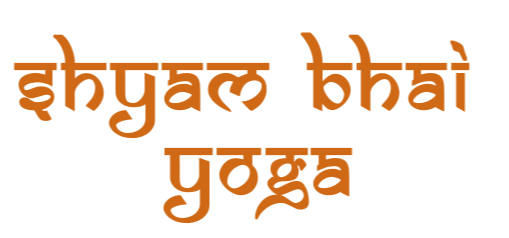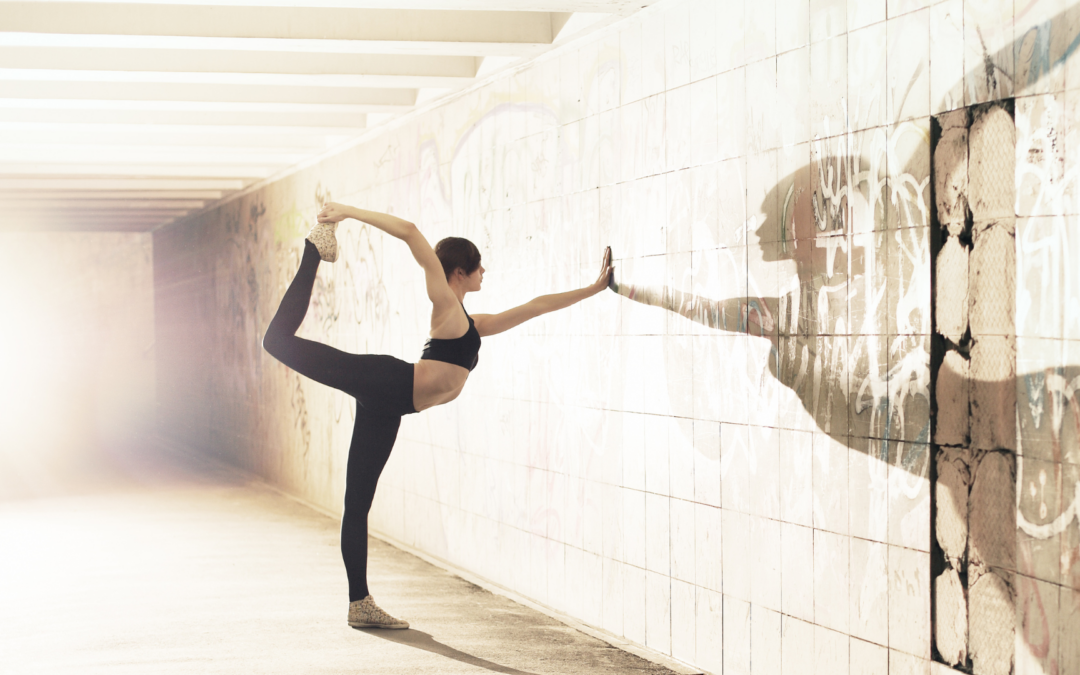Yoga Poses Aligned to Your Menstrual Cycle for a Better Flow
Yoga has long been known for its ability to harmonize the body and mind, offering a range of benefits from improved flexibility and strength to stress relief and mental clarity. Additionally, a report emphasizes the role of yoga in improving overall reproductive health, with yoga-based interventions showing promise in reducing symptoms of dysmenorrhea (painful periods) and enhancing emotional well-being during menstrual cycles.
But what if we could align yoga practice with the natural rhythm of our bodies, especially for women, about the menstrual cycle? Understanding how your menstrual cycle impacts your body and how specific yoga poses can be tailored to each phase of the cycle can promote a better flow—physically and emotionally.
In this article, we explore how yoga can be adapted to each phase of your menstrual cycle to optimize your practice and help you feel more balanced, energized, and in tune with your body.
Understanding the Menstrual Cycle and Yoga
The menstrual cycle can be divided into four distinct phases: the Menstrual phase, Follicular phase, Ovulatory phase, and Luteal phase. Each phase is characterized by different hormonal changes, and this impacts how a woman feels physically and emotionally. By adjusting your yoga practice through personal yoga classes online to align with these hormonal shifts, you can experience a more fluid and beneficial practice.
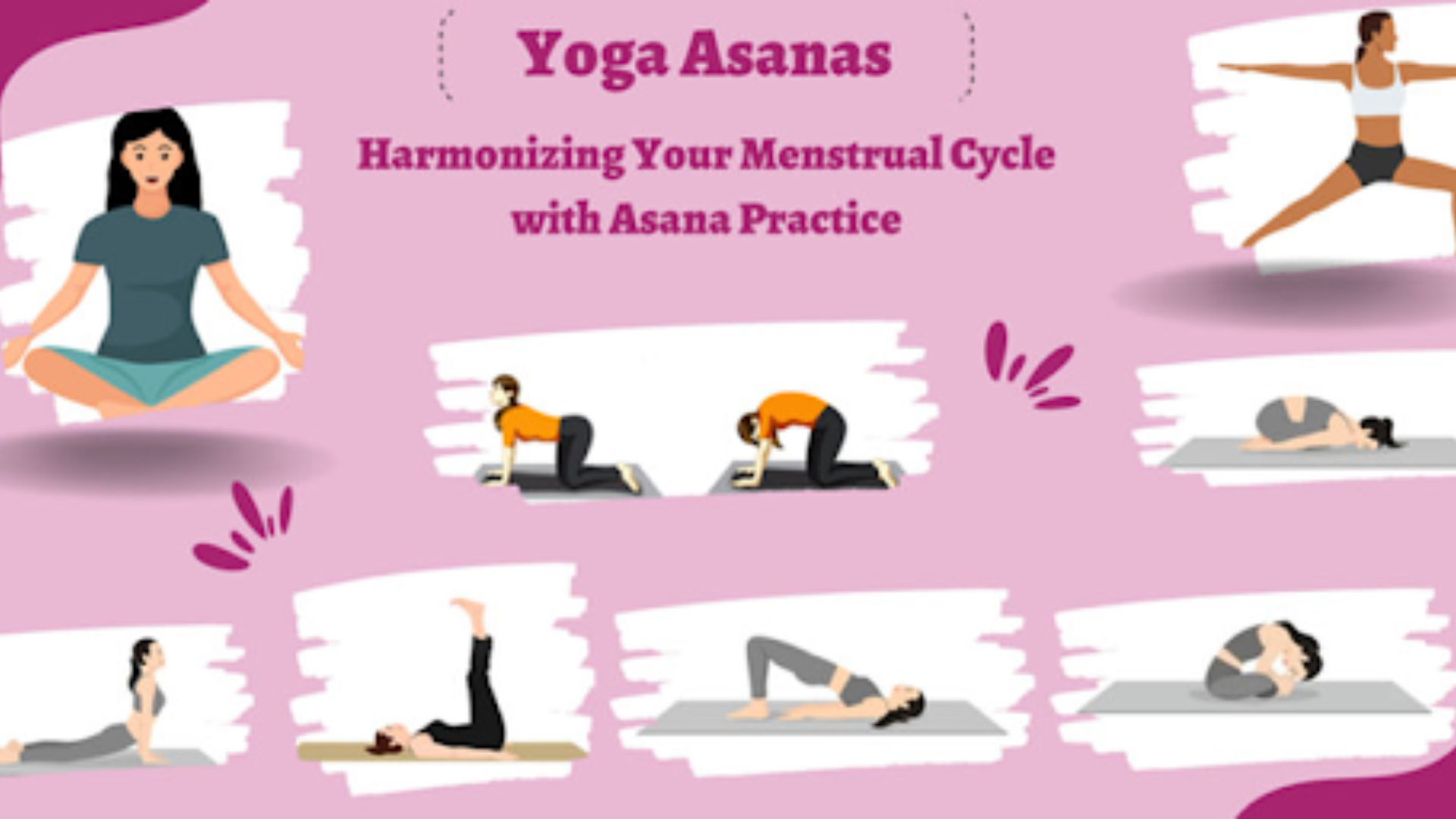
Here’s a breakdown of the four phases and how yoga can support each one.
The Menstrual Phase: Gentle Grounding and Restorative Practices
The Menstrual phase marks the start of your cycle, typically lasting 3-7 days. During this time, the uterus sheds its lining, and you may experience symptoms such as cramps, fatigue, and mood swings. This phase calls for slower, restorative movements and more focus on rest.
Yoga Poses for the Menstrual Phase:
- Supta Baddha Konasana (Reclining Bound Angle Pose)
This restorative pose allows the hips to open while keeping the body supported and comfortable. By lying down and relaxing, you can focus on calming the nervous system, releasing tension in the pelvis, and promoting blood flow.
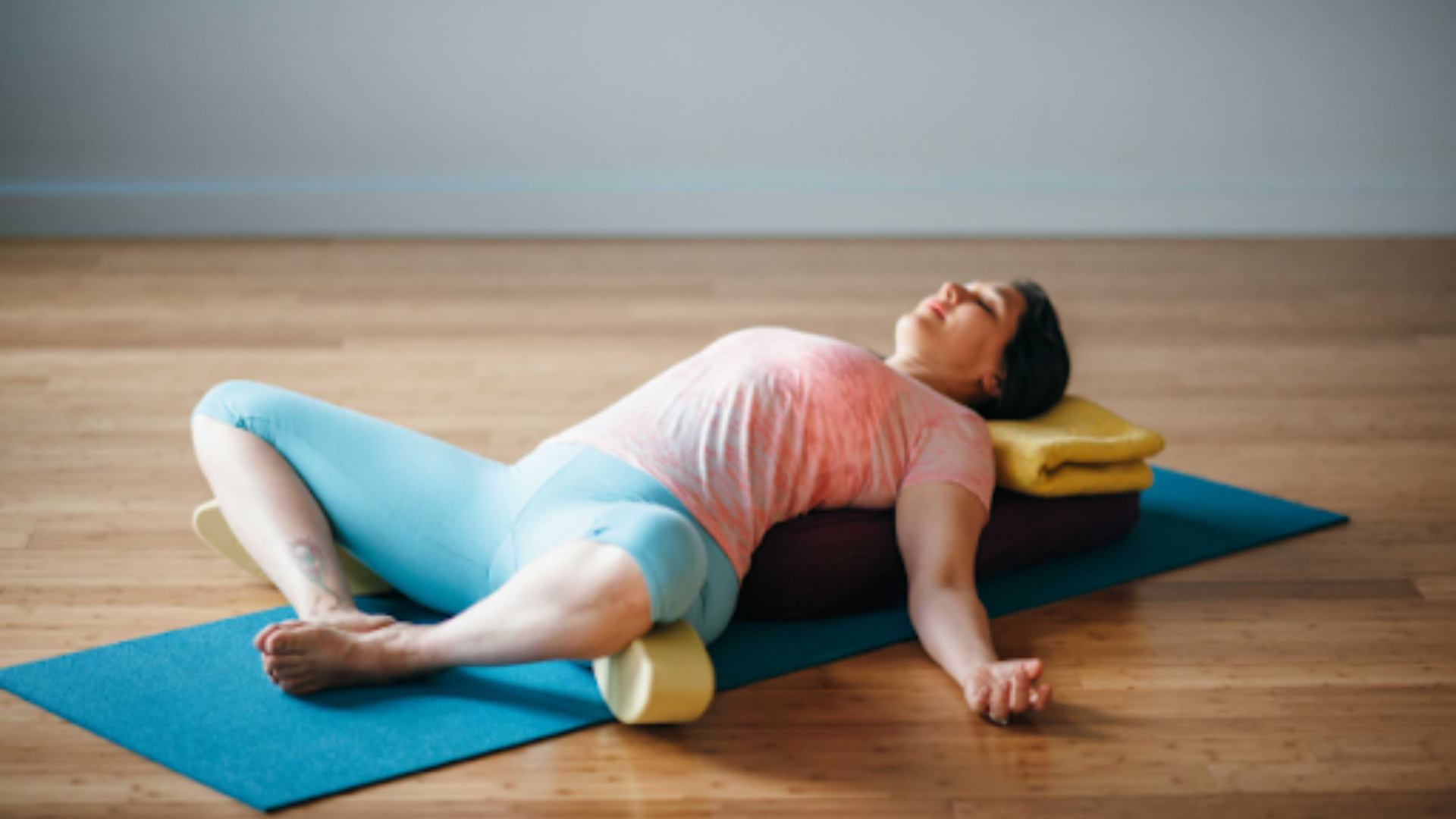
- Child’s Pose (Balasana)
This gentle forward bend is perfect for easing cramps and calming the mind. It stretches the lower back and provides a sense of comfort and grounding, which is especially helpful when you’re feeling fatigued.

- Legs Up the Wall (Viparita Karani)
This inversion is excellent for reducing swelling, calming the nervous system, and allowing blood to flow away from the legs. It can be particularly helpful if you’re feeling bloated or dealing with cramps.

- Seated Forward Bend (Paschimottanasana)
This pose allows for a gentle stretch along the spine and hamstrings while providing a calming, restorative effect. It encourages relaxation and helps release tension, which is often prevalent during menstruation.
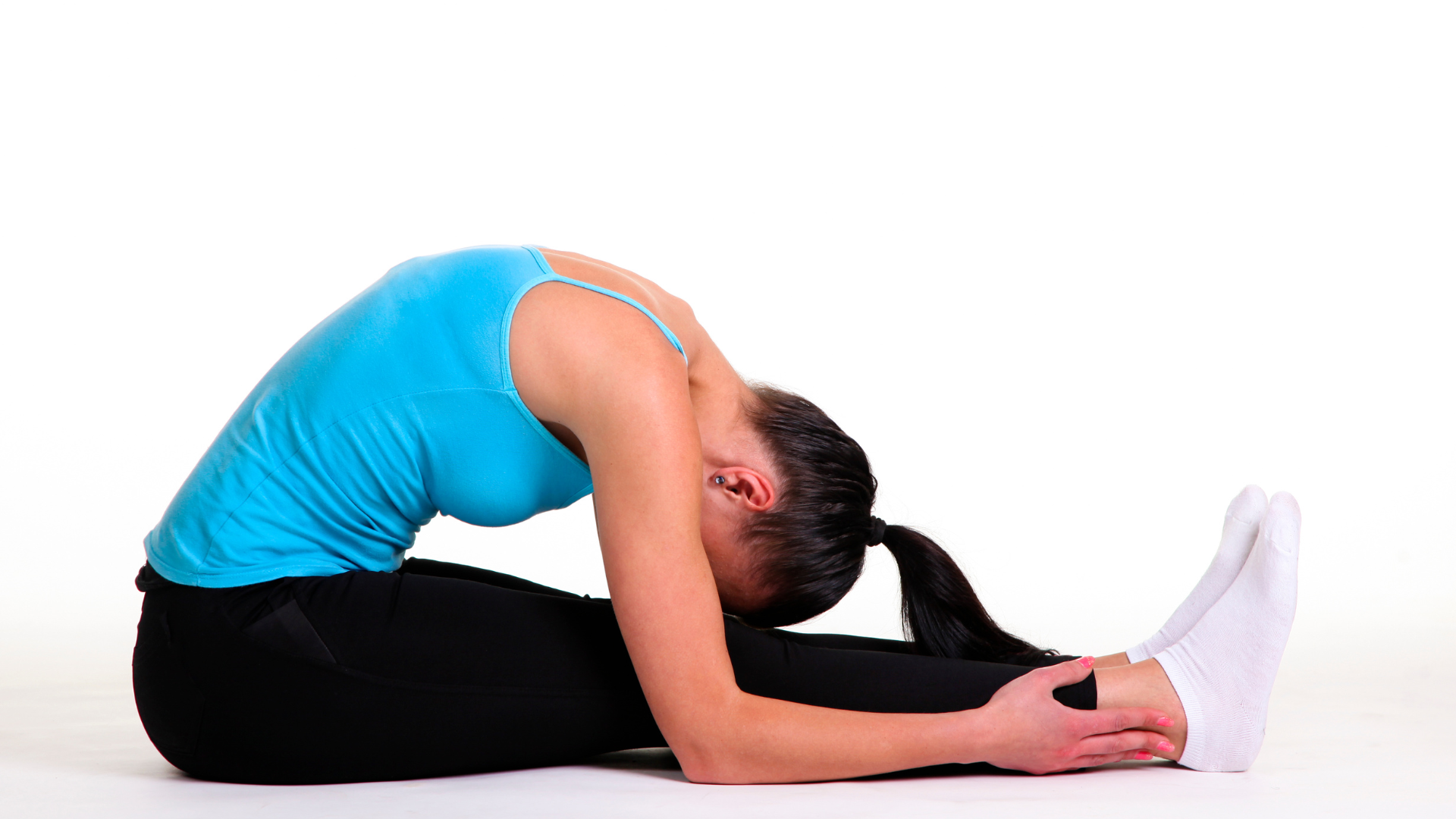
Why These Poses Work:
The Menstrual phase requires poses that are nurturing, calming, and grounding. Restorative poses like Supta Baddha Konasana and Child’s Pose help relieve cramps and promote relaxation by focusing on breathing and slow movements. Avoid intense, twisting, or inverted poses during this time to prevent strain and ensure your body remains relaxed.
The Follicular Phase: Energizing and Strengthening Poses
The Follicular phase begins after menstruation ends and lasts until ovulation. This phase is characterized by increasing energy and the rebuilding of the uterine lining in preparation for a potential pregnancy. As estrogen levels rise, you may feel more energized, focused, and ready to take on a more active yoga practice.
Yoga Poses for the Follicular Phase:
- Warrior I (Virabhadrasana I)
This powerful standing pose strengthens the legs, improves balance, and opens the chest. It is an excellent way to engage the body and tap into the rising energy of this phase.
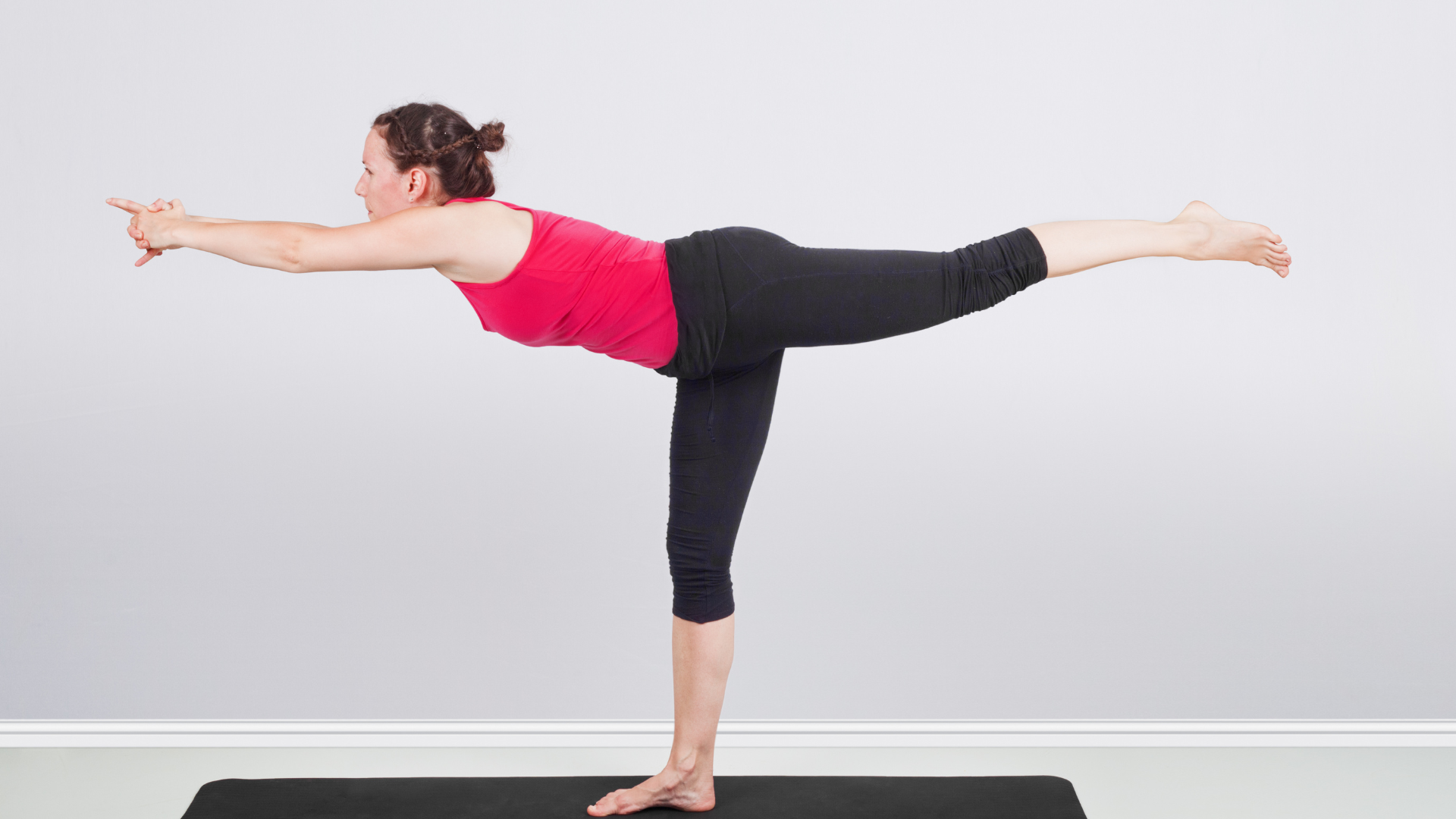
- Bridge Pose (Setu Bandhasana)
This pose stretches the chest and spine while also engaging the glutes and legs. It helps to open up the body, stimulates the thyroid, and gives a sense of empowerment and vitality.

- Chair Pose (Utkatasana)
Chair Pose builds strength in the legs and core, which is ideal for the Follicular phase when energy levels are rising. It also challenges the body’s endurance and helps build stamina.
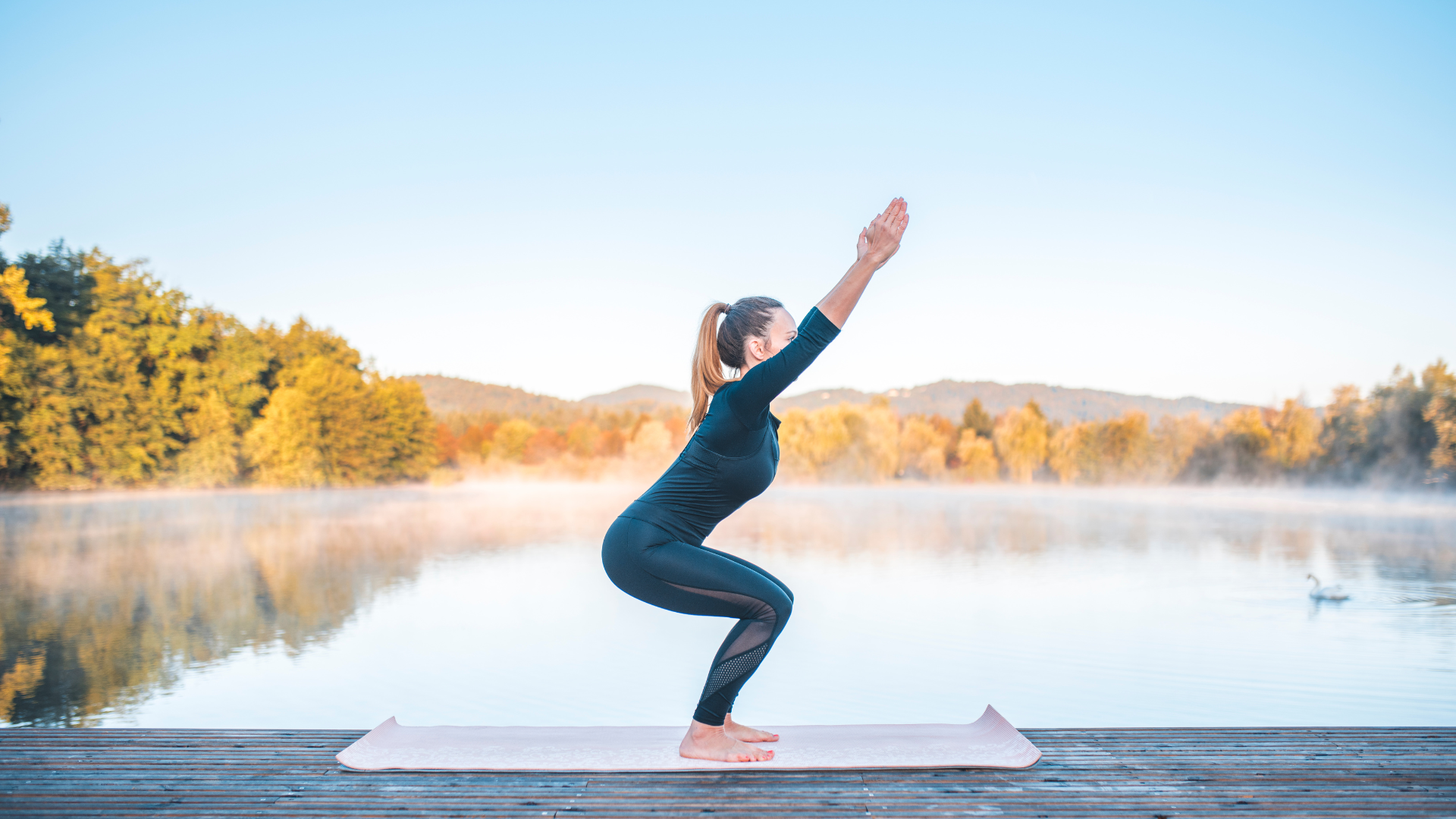
- Cobra Pose (Bhujangasana)
Cobra Pose helps to open up the chest and strengthen the spine, making it a good choice for the Follicular phase, when your body is more flexible and ready for deeper backbends.
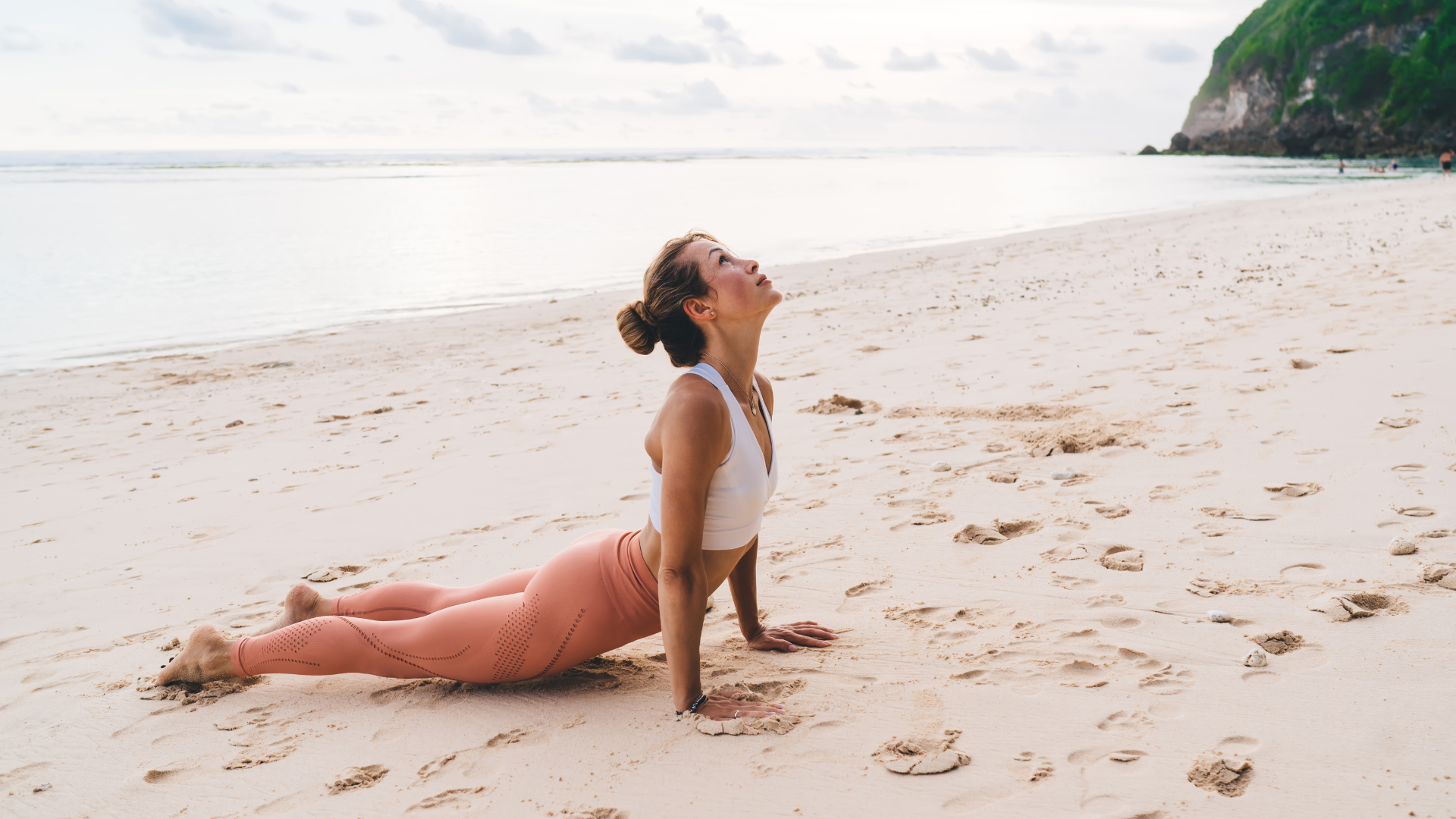
Why These Poses Work:
During the Follicular phase, your body is primed for physical activity, and your muscles are at their most flexible. This is the time to focus on energizing poses that help build strength, improve endurance, and open up the body. You may feel ready to explore more dynamic flows, as your energy levels are naturally higher.
The Ovulatory Phase: Peak Energy and Strength
The Ovulatory phase occurs around the middle of the cycle, typically around days 14-16. During this time, the egg is released from the ovary, and estrogen and testosterone levels peak. This is often the time when you feel the most energetic, confident, and strong. You might notice increased stamina, mental clarity, and a desire to challenge yourself with more intense practices.
Yoga Poses for the Ovulatory Phase:
- Dancer’s Pose (Natarajasana)
This balance pose is an excellent way to combine strength, flexibility, and focus. It requires full-body engagement, helping to increase body awareness and challenge both the mind and body.
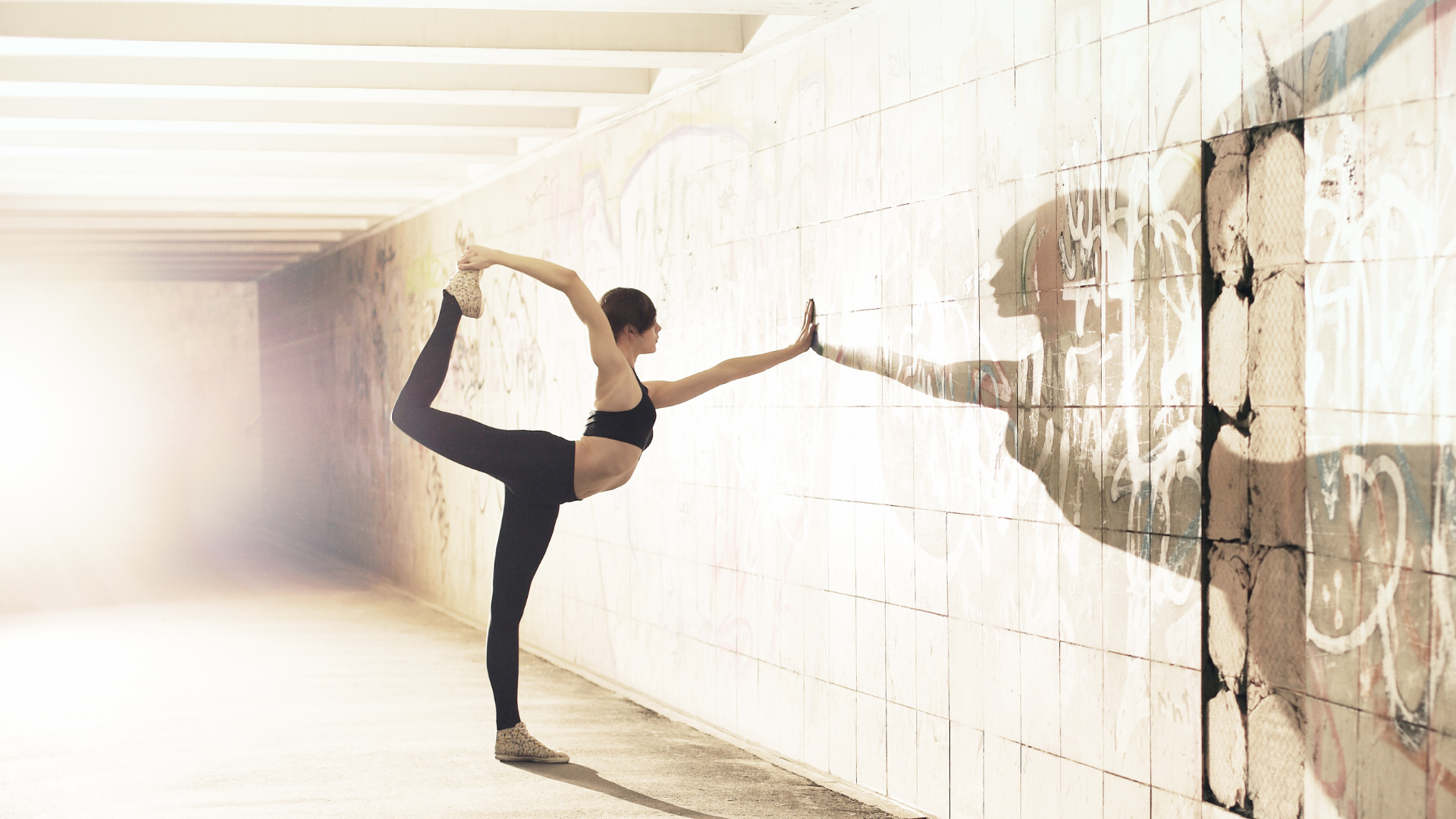
- High Lunge (Crescent Lunge)
The High Lunge stretches the hip flexors and engages the legs and core. It’s a dynamic pose that builds strength and stability, ideal for the Ovulatory phase when you’re feeling stronger and more energetic.
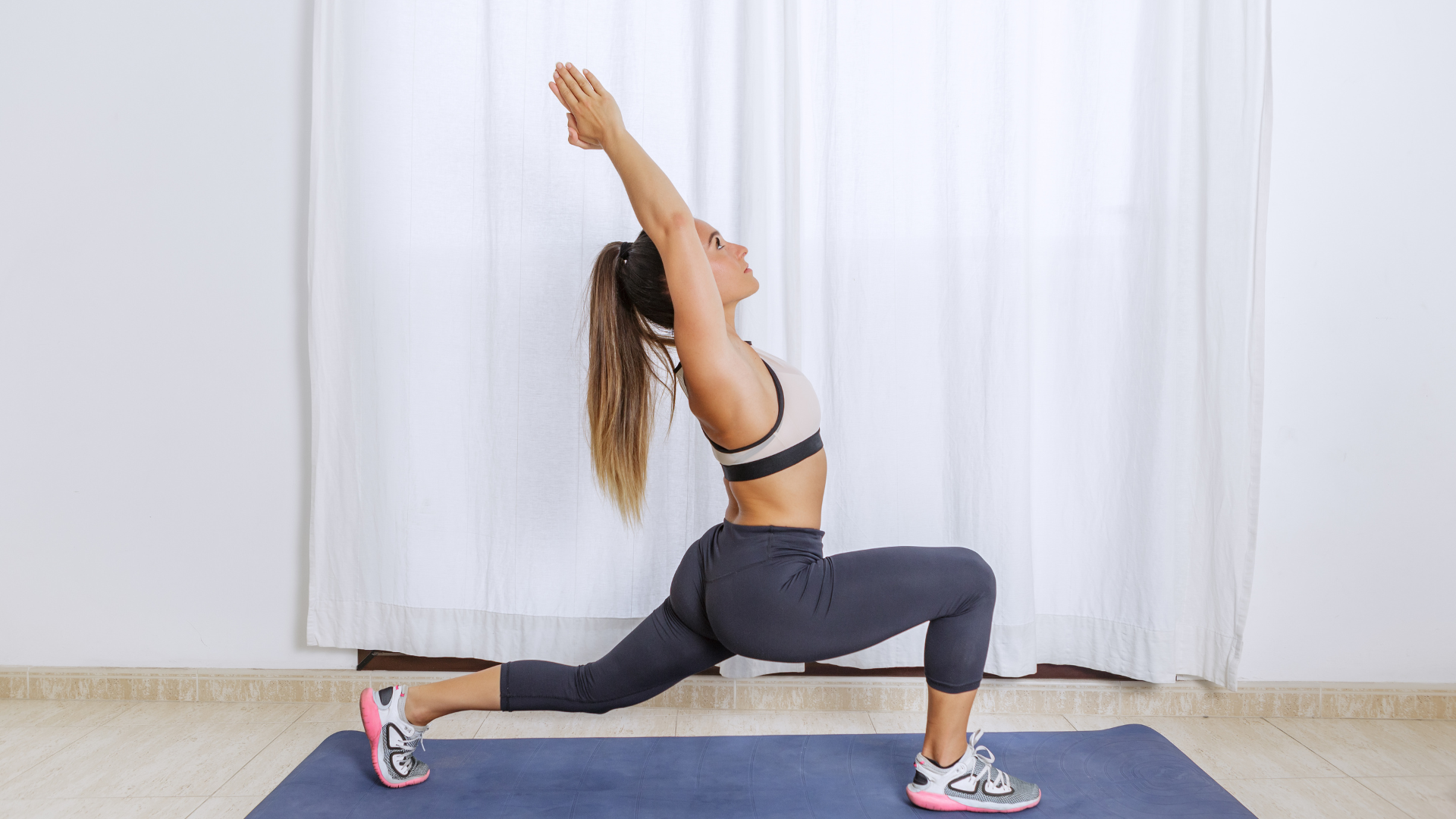
- Warrior II (Virabhadrasana II)
This is another empowering standing pose that enhances leg strength and stability. Warrior II also opens the hips and chest, creating a sense of openness and confidence during this high-energy phase.
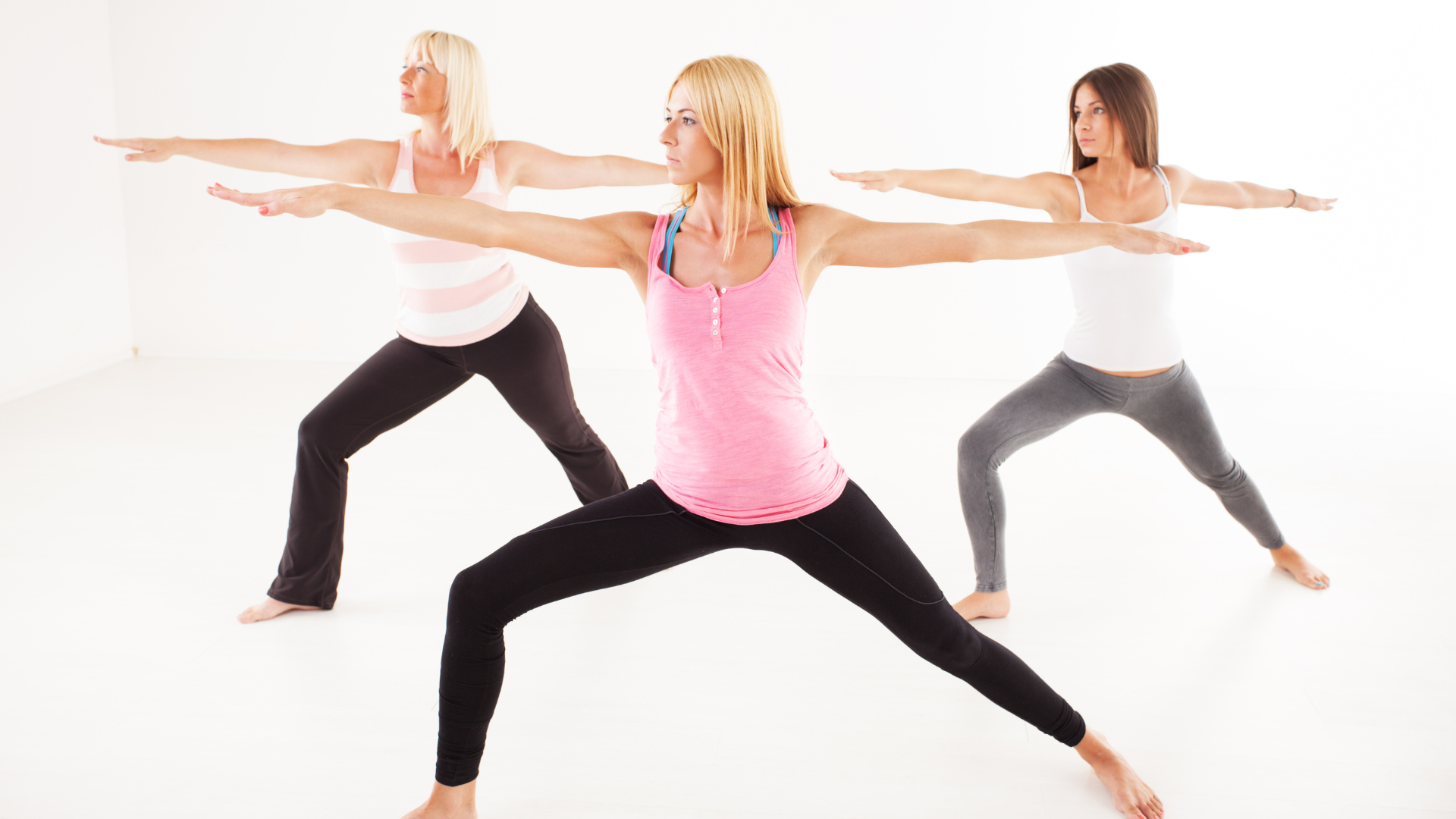
- Upward-Facing Dog (Urdhva Mukha Svanasana)
A backbend that stretches the chest and spine, Upward-Facing Dog helps you strengthen your arms and shoulders. It complements the Ovulatory phase’s energy by allowing you to explore strength and flexibility.
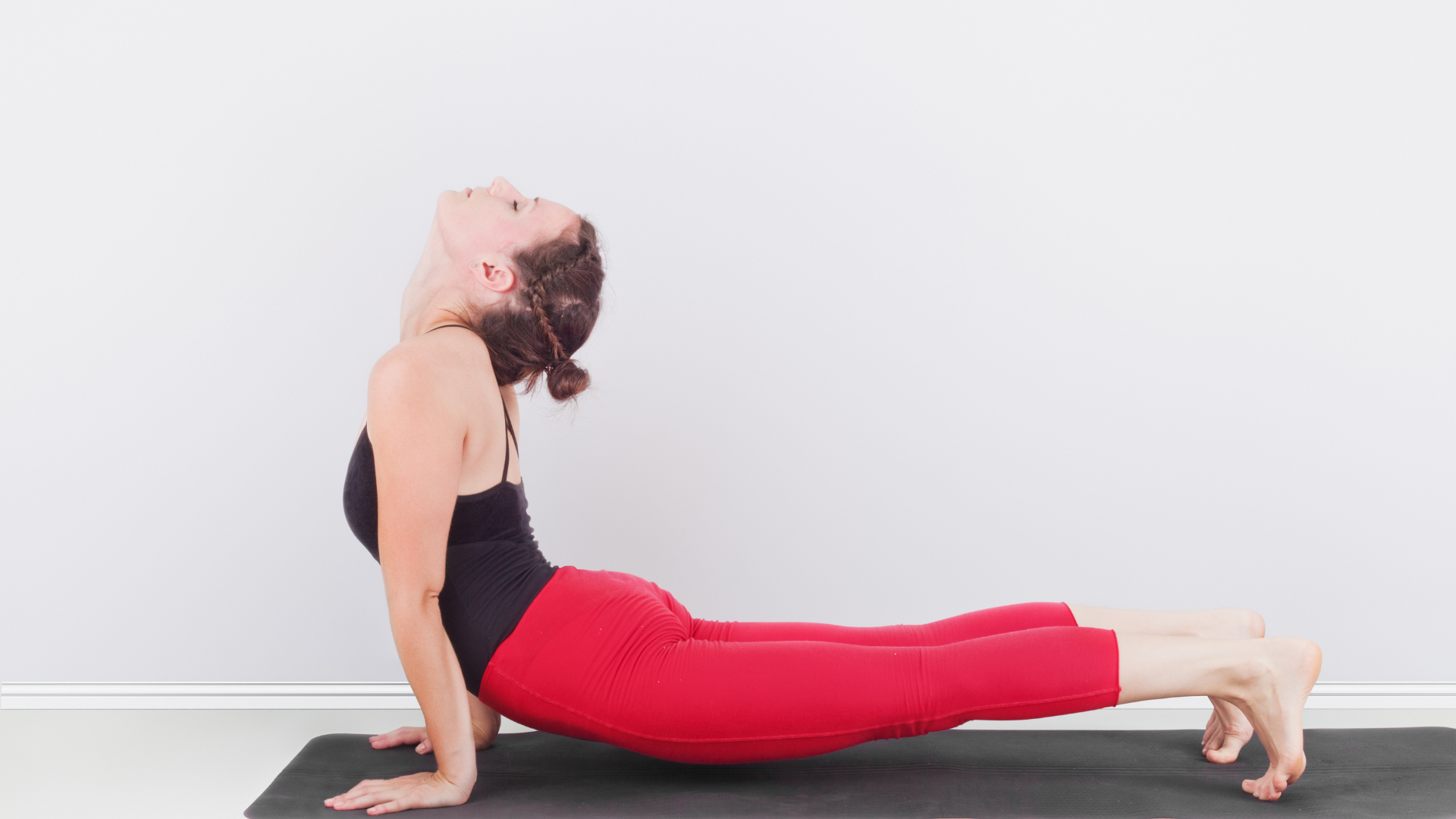
Why These Poses Work:
In the Ovulatory phase, your body is at its peak, both in terms of energy and flexibility. This is the time for challenging poses that require endurance, strength, and balance. You may feel a sense of empowerment and motivation to take on more intense practices, so poses like Warrior II, Dancer’s Pose, and High Lunge are perfect for this phase.
The Luteal Phase: Grounding and Restoring
The Luteal phase is the final phase of the menstrual cycle, lasting around 10-14 days after ovulation. During this time, progesterone levels rise in preparation for pregnancy. Many women experience symptoms such as bloating, fatigue, irritability, and mood swings. The Luteal phase is best supported by grounding, restorative, and calming yoga poses to ease tension and create space for emotional balance.
Yoga Poses for the Luteal Phase:
- Pigeon Pose (Eka Pada Rajakapotasana)
This deep hip opener stretches the hips, groin, and lower back, which can help relieve any tension or discomfort that often arises in the Luteal phase. It also provides a sense of release and emotional grounding.
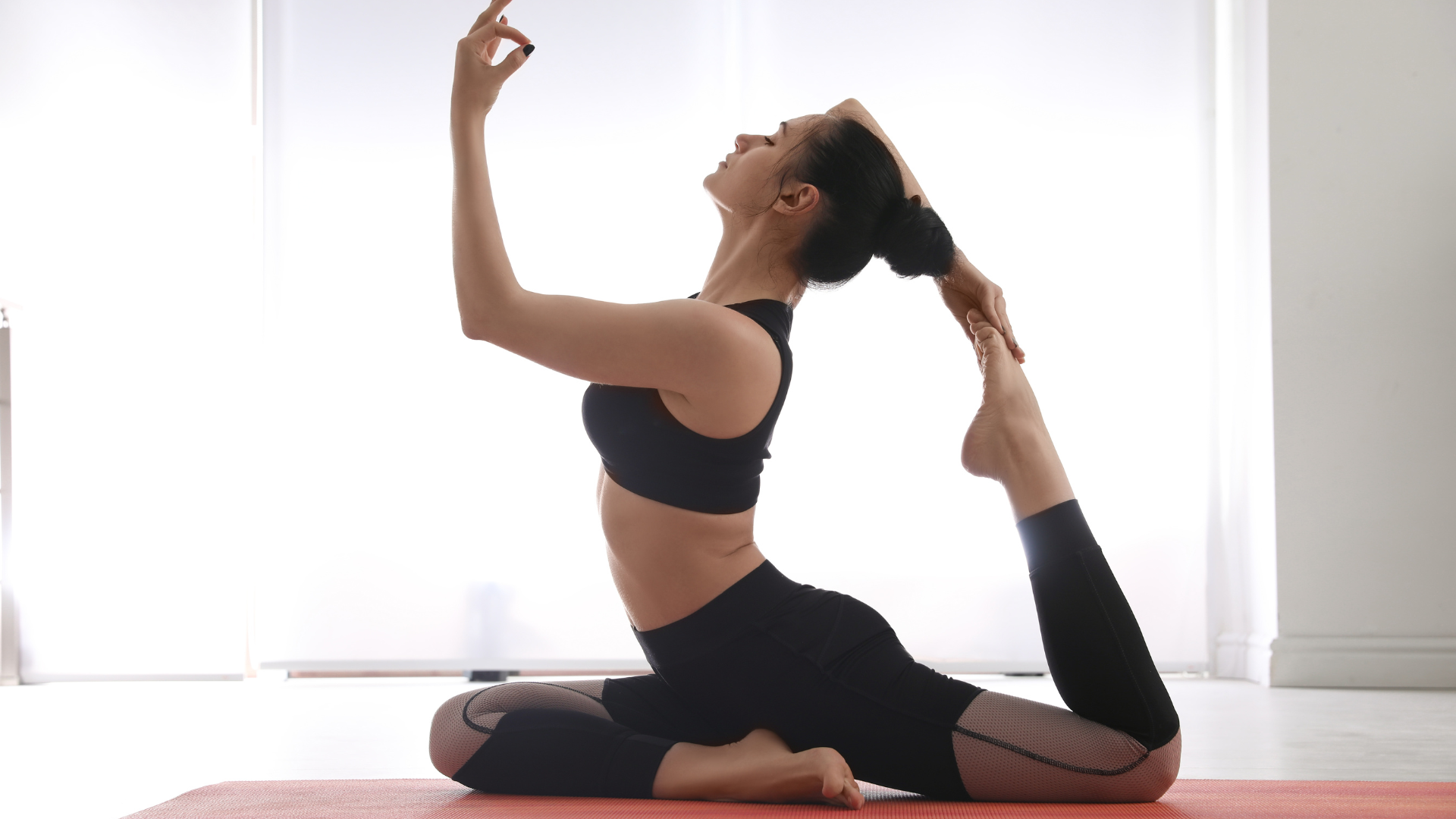
- Wide-Legged Forward Fold (Prasarita Padottanasana)
This standing forward fold provides a gentle stretch to the hamstrings and lower back while calming the mind. It’s a grounding pose that can help reduce feelings of anxiety and stress.
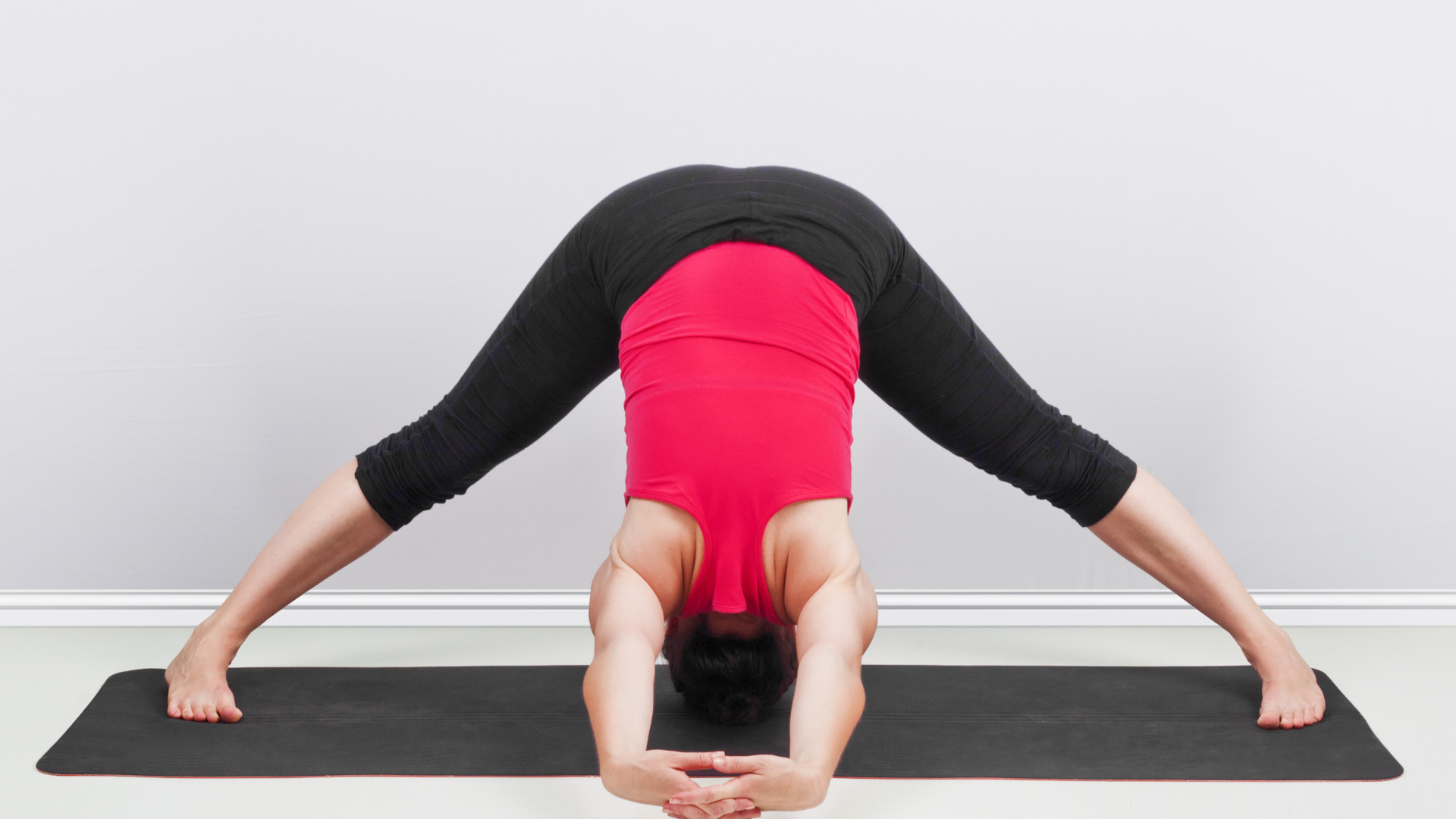
- Supported Forward Fold (Prone or Seated)
This forward bend is deeply restorative and allows the body to release tension, especially in the lower back and hips. It’s great for calming the nervous system and reducing the effects of bloating and discomfort.
- Corpse Pose (Savasana)
End your practice with Savasana to fully relax and integrate the benefits of the practice. This deep relaxation pose helps to calm the nervous system and bring your body and mind back into balance.
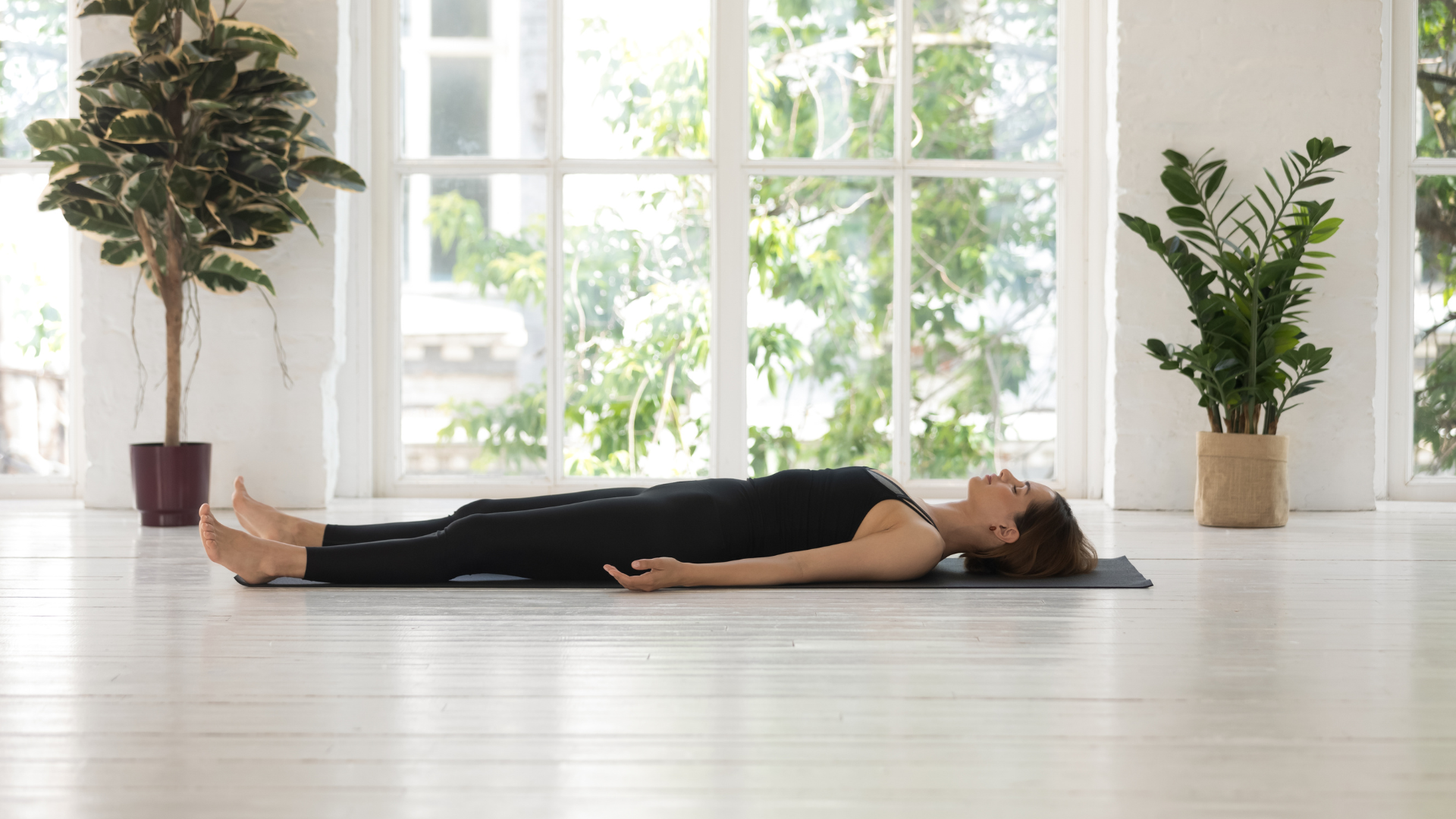
Why These Poses Work:
The Luteal phase often brings physical discomfort and emotional fluctuations. Poses like Pigeon Pose, Wide-Legged Forward Fold, and Savasana encourage deep relaxation and release. These restorative poses help to calm the nervous system, reduce bloating, and address any emotional stress or tension, allowing you to feel more grounded and centered as you prepare for the next cycle.
Check out our blog, “5 Essential Yoga Practices for Balancing Hormones Naturally”, to discover hormone balance naturally.
Conclusion:
Incorporating yoga poses aligned with the phases of your menstrual cycle is an effective way to optimize your practice and nurture both your body and mind. Whether you’re focusing on gentle, restorative movements during your period or embracing energizing poses during ovulation, tuning into your body’s natural rhythm can enhance your overall well-being. Yoga not only provides physical benefits but also helps create emotional balance, making it a valuable tool throughout the menstrual cycle.
If you’re looking to explore this practice further, consider joining online yoga classes to learn more about how to tailor your practice to each phase of your cycle. Shyambhai Yoga, known for its holistic approach, offers online yoga classes that guide you through personalized routines to help balance your body and mind. By practicing yoga in alignment with your cycle, you can experience improved energy, reduced stress, and a deeper connection with yourself, allowing you to move through each phase with more ease and flow.
Inquiry
If you have any questions, please feel free to reach out. We’ll be glad to help!
